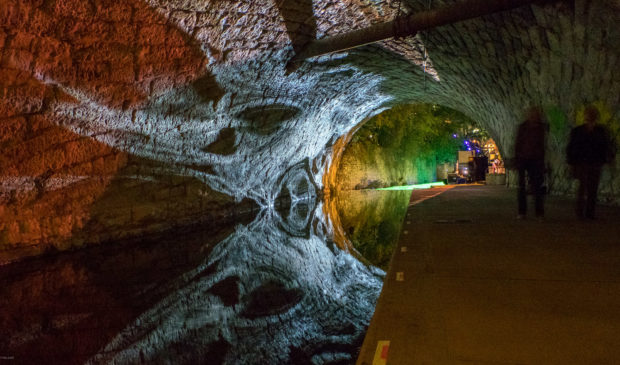Downtown to grow in a new direction
Tuesday, January 21, 2020 by
Ryan Thornton Generally speaking, residents used to take in the downtown skyline from the east or west. Today, the skyline has shifted 90 degrees so that the volume of development is better viewed from the north or the south shore of Lady Bird Lake.
Looking into the future, however, Michele Van Hyfte of the Downtown Austin Alliance said it’s likely downtown will fill in with dense development from north to south, adding greater dimension to the skyline as seen from east and west.
Over the past 20 years, downtown has absorbed about 35 million square feet of new development. Van Hyfte, vice president of urban design, told the Downtown Commission last week that most of that growth has taken place along Lady Bird Lake – in pedestrian-friendly areas like the Seaholm District, around the Austin Central Library, and Second Street – where there has been a lot of both public and private investment.
Van Hyfte said proximity to the lake combined with generous zoning entitlements, few Capitol View Corridors to cap building height, and a trend toward full-block sites have all led to a surge in residential and commercial development along downtown’s southern edge.
While development along the lake will only accelerate going into the future, Van Hyfte said growth is soon likely to concentrate along the north-south spine of Waller Creek.
The eastern section of downtown, she said, surrounding the long-anticipated Waterloo Greenway, is downtown’s “final frontier.” Just like Lady Bird Lake is still attracting enormous growth, Waller Creek could trigger a similar explosion beginning with the opening of Waterloo Greenway this fall.
“Waterloo Greenway wants to be able to be a destination as well as a greenway to get through this part of downtown,” she said.
While there has not been a lot of public investment in the eastern part of downtown, Van Hyfte said it contains an “amazing mix” of focal points stretching down from the Central Health Brackenridge Campus through the Red River Cultural District into southeast downtown and the Rainey District.
Listing sites like the Palm School, the Mexican American Cultural Center, and the Austin Convention Center, Van Hyfte said east downtown holds numerous cultural assets that will be important to preserve and enhance as the areas around them experience rapid growth. District planning, she said, can identify sites to preserve and encourage growth in ways that complement those assets while improving the surrounding neighborhood.
Van Hyfte cited the Congress Avenue Urban Design Initiative as one recent example of context-sensitive yet innovative district planning that takes into account what presently exists and how that could influence the street design and planning process.
Downtown’s growth is not slowing down anytime soon, said Jenell Moffett, director of research and analysis with the Downtown Austin Alliance. There are currently over 7.5 million square feet of development now being built and nearly 13 million square feet planned for construction.
Compared to the city’s growth rate of about 2.5 to 3.5 percent annually, downtown is growing at around 8 percent each year. Today, downtown is home to about 15,000 residents.
With over 94,000 employees working downtown already, Van Hyfte said she is glad the city is waking up to the inherent problems caused by car-centric urban design. As downtown rises higher and higher, she said the city will need to make use of a variety of tools to encourage more people to commute without a private vehicle.
“I hope that everyone who is part of these conversations can move it in a positive direction because it takes so many different tools in the toolbox and so many different people to really make mode shift happen,” she said.
The Downtown Austin Alliance will be releasing updated statistics related to the downtown environment and population in April in its second annual State of Downtown report.
Photo by Earl McGehee made available through a Creative Commons license.
The Austin Monitor’s work is made possible by donations from the community. Though our reporting covers donors from time to time, we are careful to keep business and editorial efforts separate while maintaining transparency. A complete list of donors is available here, and our code of ethics is explained here.
You're a community leader
And we’re honored you look to us for serious, in-depth news. You know a strong community needs local and dedicated watchdog reporting. We’re here for you and that won’t change. Now will you take the powerful next step and support our nonprofit news organization?






